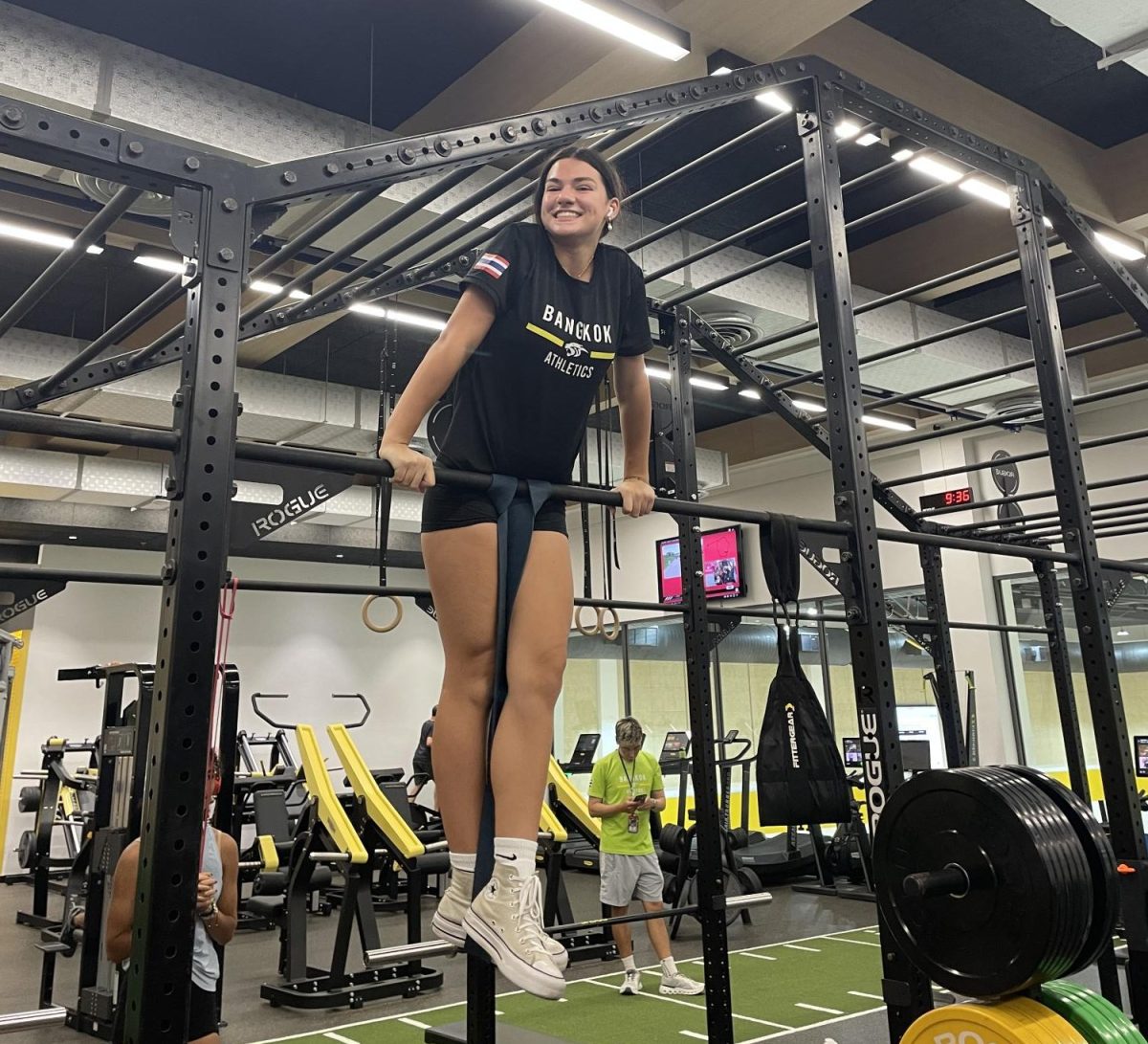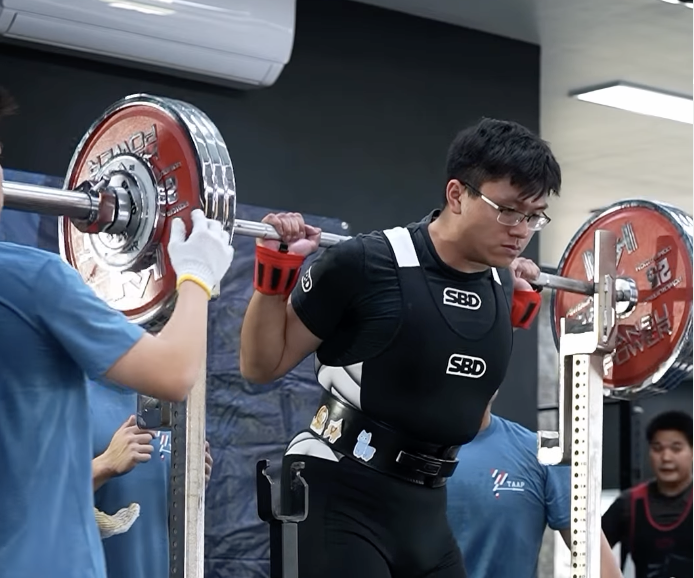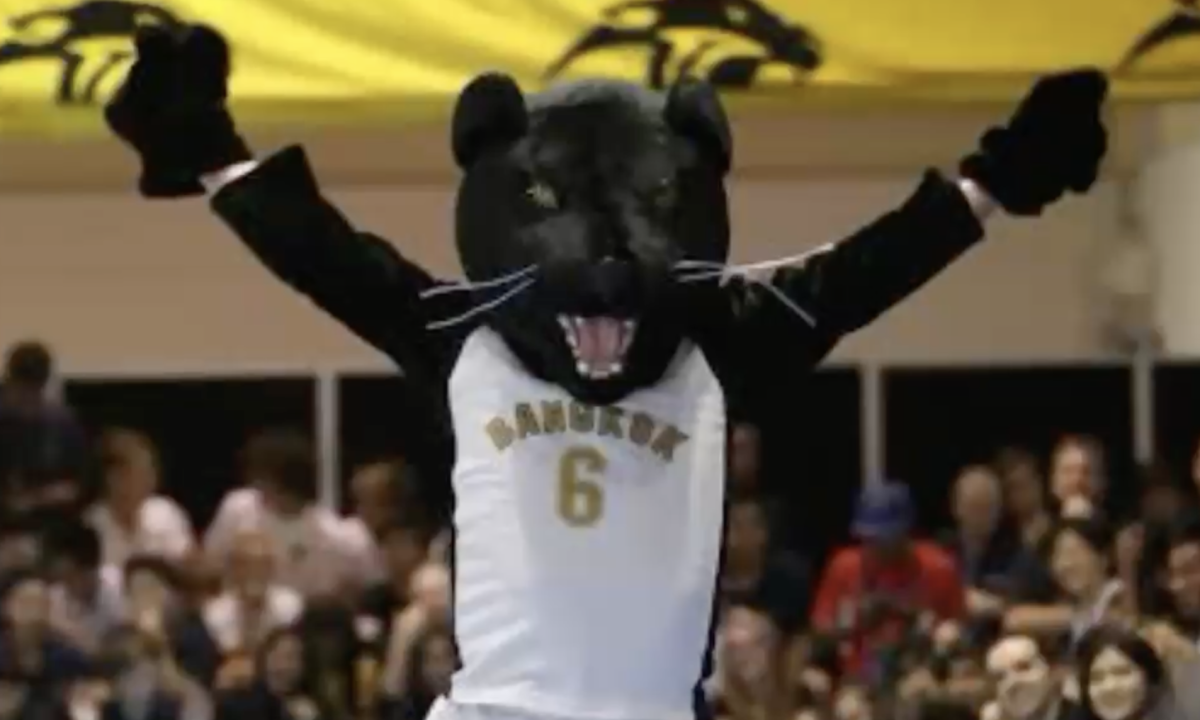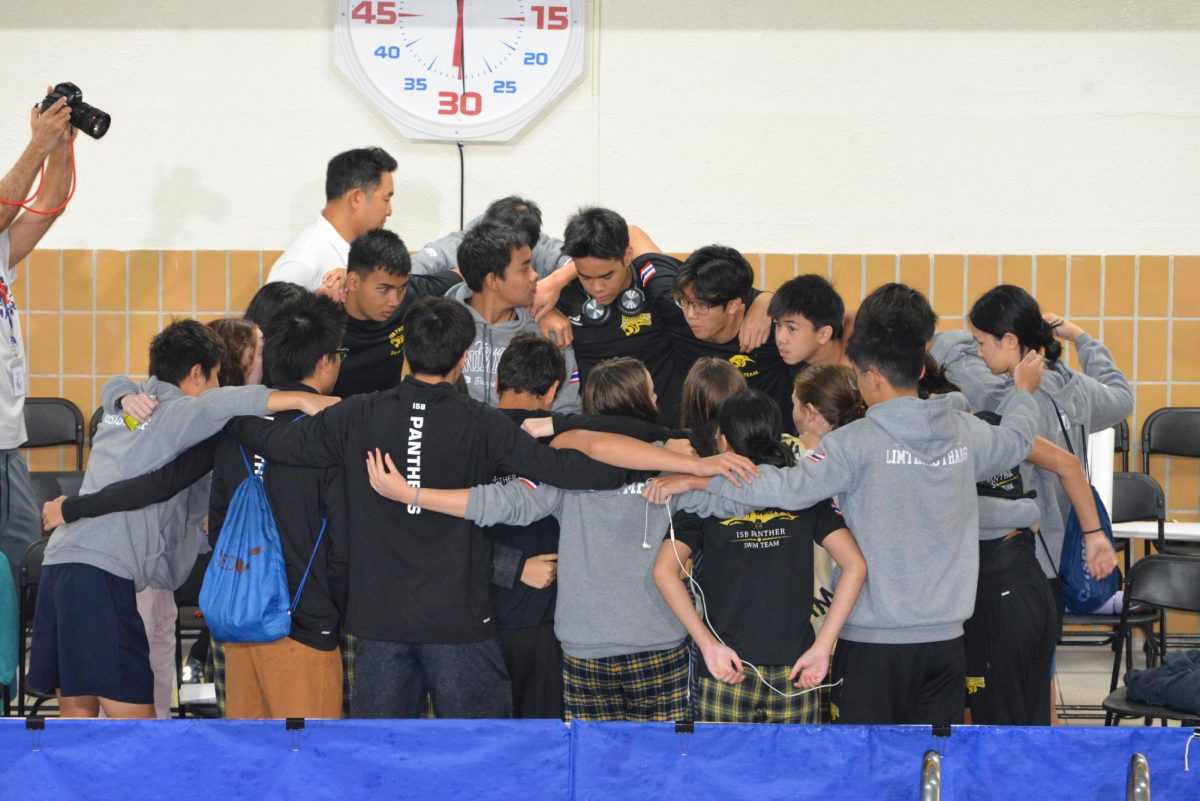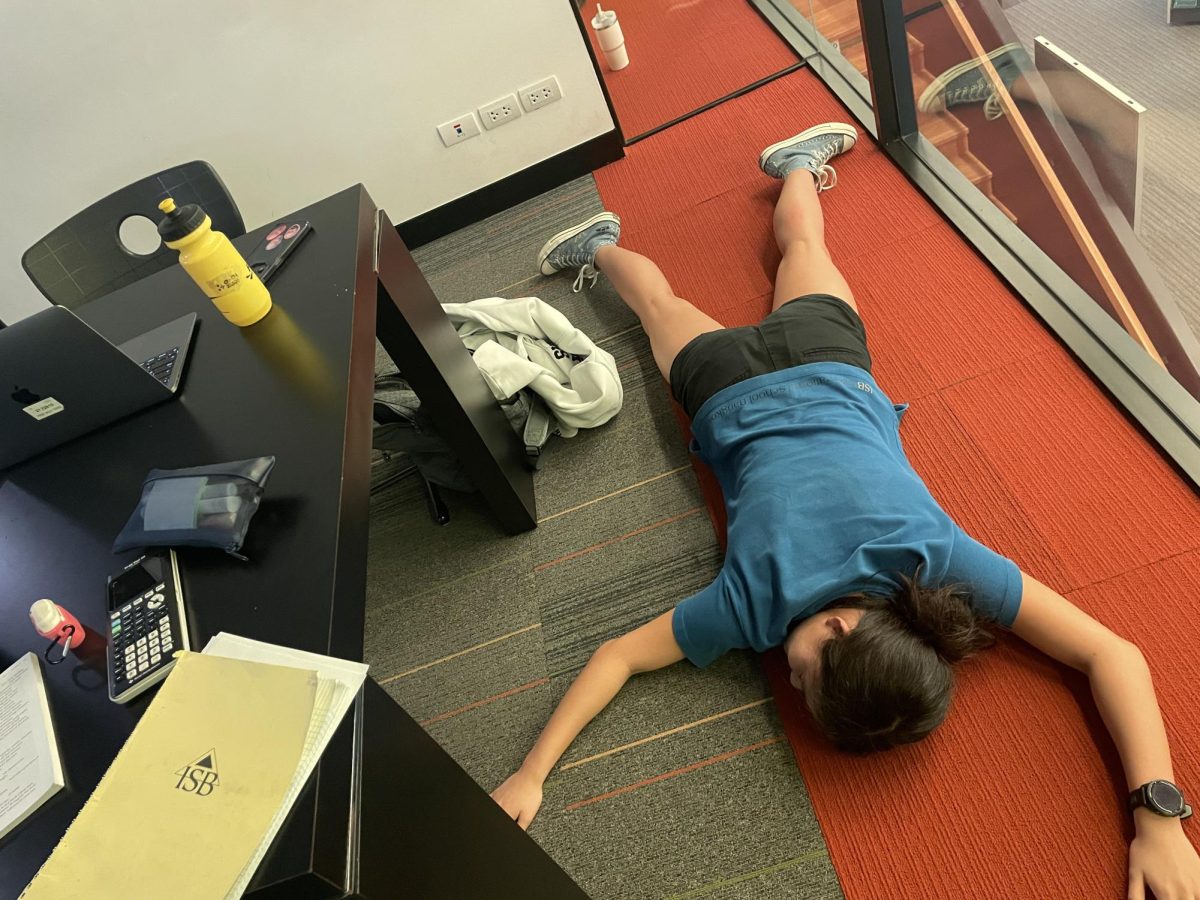Unlike the majority of schools in the U.S, where each sport takes place throughout one full school year, sports in ISB are divided into three separate seasons with each sport lasting for about 9 weeks. While some ISB students may see this as a drawback, many argue that one of many benefits is that one can participate in three different sports throughout one school year.
There are many athletic students in ISB who take advantage of this and participate in two, even three sports, through out the year. However, the changes in mental approach, conditioning, training, exercises when making the transition from one sport to the next can be crucial on their performance through out the first couple weeks of training.
Chan Tae Park (12), who is on the Varsity Soccer and Badminton team, shared his thoughts on transitioning from one sport to the next. He said, “Because Football and Badminton are two drastically different sports for obvious reasons, I practice for both Football and Badminton offseason. One of the benefits of participating in sports that are at the opposite ends of the school year is that I don’t really have to worry about overlapping practices.”
He added on, “However, this can leave me with a break in the middle in which I can get unfit. Therefore, I always try to make sure that I stay fit and improve during the offseason, because training outside of the season is the best way to have the upper hand against your opponents, whether it being Football or Badminton.”
Varisa Limpijankit (12), who is also a two season athlete involved in Varsity Tennis and Track, says, “During my transition from Tennis to Track, whenever I can, I try to do running exercises to build up my endurance. I try to not overwork myself, though, as it ends up having more detrimental than beneficial effects on my track season. When I’m off-season, I practice Tennis with my coach once or twice a week to maintain my skill level. The key is not frequency of practice, but consistency. For Track, I mostly just focus on maintaining my fitness level by doing interval training and other exercises.”
However, because she has back-to-back sports seasons with only a day of transition in between, she said there are couple disadvantages as well. She said, “The most difficult part of transitioning is the change in fitness level. Although both sports are challenging in their own way, Track requires a much higher standard for fitness. It is difficult to go from a season of mostly strength training to a season of mostly cardio and endurance training. Track and tennis are a very uncommon combination, as I am only one of the three athletes who do both sports in our school. I find that during the beginning of the season, I have to work to catch with other runners and jumpers in terms of fitness.”
Guy Thampakkul (10), one of the few three season sport athletes in ISB, is involved in Football, Tennis and Badminton. He said, “The most difficult transition is from Football to Tennis due to the drastic differences in these two sports. Therefore, I would have to train extra during the weekends and really focus on getting my strokes back in the first couple of weeks. As for Badminton, I have to focus on transitioning from using my shoulder arm and hip for Tennis to using my wrist for Badminton.”
He added on, “In the offseason during the summer, I often train Football in the morning and Tennis in the afternoon. All sports require a lot of the same things like fitness, footwork, agility, and when I train for any of these sports, by working on my footwork; for example, I get benefits for all the sports that I play.”
The practice these athletes put in offseason is what really makes them better players and teammates. While the offseason practices and schedules vary accordingly to the sport and athletes, they do have one thing in common. It is their determination to become better athletes to help their team win the IASAS championship.
Alex C



